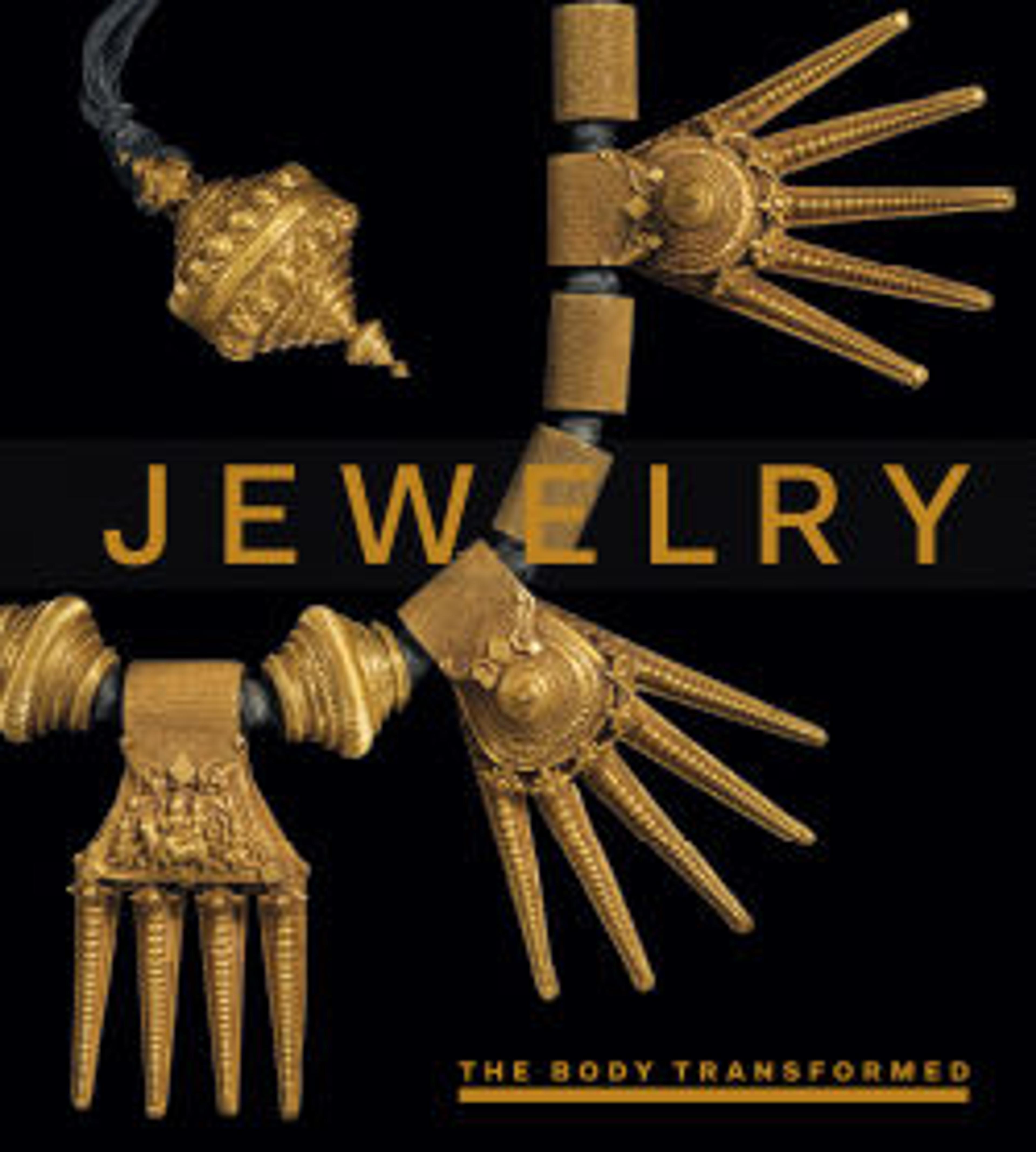Pendant or Head Ornament (Kapkap)
One of the most widespread forms of Melanesian jewelry is the kapkap, a disk-shaped ornament typically fashioned from the shell of the giant clam and overlain with a delicate filigree of turtle shell. Kapkap occur, or occurred, across much of the southwest Pacific, from coastal New Guinea eastward to the Santa Cruz Islands. Admiralty Islands artist were among the most prolific kapkap makers. Worn as head ornaments or pendants, kapkap in the Admiralties were primarily male ornaments, although women wore smaller examples in some areas. Most have geometric designs, although some forms incorporate figurative images. Some design elements may have had symbolic meaning, but it is conceivable that many were purely decorative.
Artwork Details
- Title:Pendant or Head Ornament (Kapkap)
- Date:late 19th–early 20th century
- Geography:Papua New Guinea, Admiralty Islands
- Culture:Matankol (?)
- Medium:Tridacna shell, turtle shell, fiber, glass bead
- Dimensions:H. 3 1/4 × S. 3 × D. 5/8 in. (8.3 × 7.6 × 1.6 cm)
- Classification:Shell-Ornaments
- Credit Line:The Michael C. Rockefeller Memorial Collection, Gift of Mr. and Mrs. John J. Klejman, 1960
- Object Number:1978.412.739
- Curatorial Department: The Michael C. Rockefeller Wing
More Artwork
Research Resources
The Met provides unparalleled resources for research and welcomes an international community of students and scholars. The Met's Open Access API is where creators and researchers can connect to the The Met collection. Open Access data and public domain images are available for unrestricted commercial and noncommercial use without permission or fee.
To request images under copyright and other restrictions, please use this Image Request form.
Feedback
We continue to research and examine historical and cultural context for objects in The Met collection. If you have comments or questions about this object record, please contact us using the form below. The Museum looks forward to receiving your comments.
